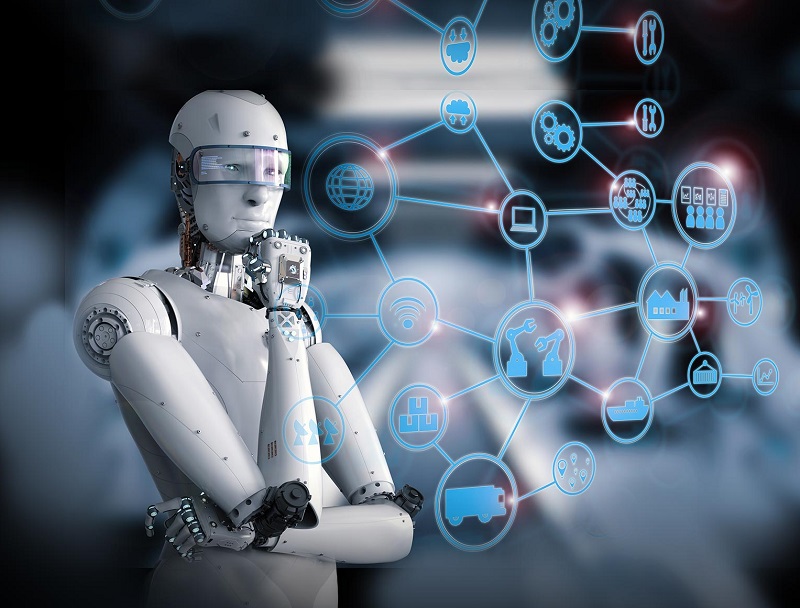Development of Artificial Intelligence in Collaborative Robotics – The development of artificial intelligence has made a significant contribution in changing the face of modern technology. One of the interesting aspects is the development of collaborative robots that have the ability to work together with humans. As this technology advances, collaborative robots are able to combine artificial intelligence with human interaction to achieve more complex and efficient goals. In this article, we will discuss the latest developments in artificial intelligence in the context of collaborative robotics.

Development of Artificial Intelligence in Collaborative Robotics
Collaborative robots combine
the power of artificial intelligence and robotic physics to provide unique work capabilities. One of the main focuses in the development of collaborative robots is human-robot interaction. The latest technology enables robots to better understand human instructions, whether in the form of voice commands, body movements, or sign language. With this capability, collaborative robots can work effectively around humans, assisting in demanding and dangerous tasks, and increasing productivity in a variety of industries.
Artificial intelligence in collaborative robotics
is not only limited to understanding human instructions, but also the ability to learn and adapt to its environment. Sophisticated machine learning algorithms enable the robot to collect and analyze data from past work experiences, and use this information to improve its future performance. In some cases, robots can even identify unexpected problems and find optimal solutions in an efficient manner.
In addition
the development of artificial intelligence in collaborative robots also involves the ability to communicate with humans and other robots. Collaborative robots can be equipped with intuitive user interfaces, which allow human users to interact with the robot directly and provide instructions easily. In addition, collaborative robots can also communicate with other robots to work collectively on complex tasks. Through effective communication, collaborative robots can improve the efficiency and quality of work in a variety of industries, including manufacturing, healthcare and logistics.
The development of artificial intelligence in collaborative robotics also raises ethical and legal questions that need to be addressed. In a work environment that involves people, it is important to ensure safety and comfort for all. Clear regulations need to be implemented to govern the use of collaborative robots, including data privacy, responsibility for robot errors, and conflict resolution that may occur. In the face of this challenge, collaboration between artificial intelligence, ethics and legal experts is essential to ensure sustainable and positive developments in the use of collaborative robots.
Overall, the development of artificial intelligence in collaborative robotics has had a major impact in the world of technology. In recent years, tremendous progress has been made in improving human-robot interaction, machine learning capabilities, communication, and related ethical aspects. By continuously incorporating the latest knowledge and innovations, collaborative robots have the potential to become irreplaceable partners for humans in various industrial sectors. However, serious attention needs to be paid to legal and ethical aspects to ensure that these developments occur safely, responsibly and provide real benefits to society as a whole.